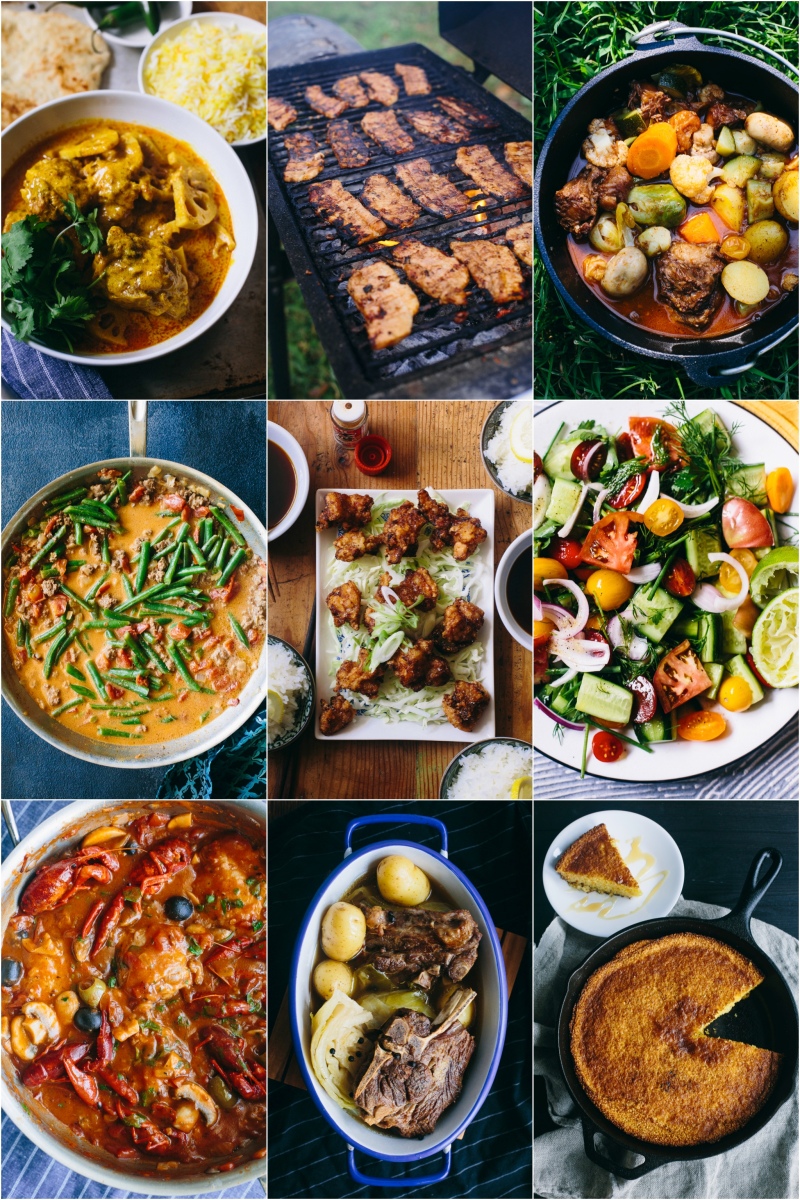
Yesterday was my 40th birthday. I’ve spent many years thinking about this specific trip around the sun, and this milestone is important to me for several reasons. But perhaps most meaningfully, I clearly remember when my parents reached 40, and I felt that it was a significant time for each of them: a time to reflect on that transition from young-ish adult to middle age. It feels like by 40, most of your life’s decisions have lined up in a way that is relatively hard to break away from. And in that sense, I’m proud of the direction my life has taken, and those who have shared this journey with me.
So to celebrate, I’m sharing one of my most celebratory recipes. This is the recipe I usually take to potlucks, parties, and other gatherings. I shared a down-and-dirty version of this dish about five years ago (which you can find here, along with some history of the dish). I’ve made some fundamental changes over the years, and I’m positive that this is the definitive version. To give you some context: for Christmas this past year, I vaccuum-sealed, froze, and gifted this dish to my close friends and co-workers. If I was to ever open a restaurant, this dish would not only be on the menu, but it’d have an asterix by its title to indicate that it’s something special, something worth pausing and enjoying.
The dish requires a good amount of preparation up front: the day before you make it, you’ll want to make your stock, prep the meats, and chop the vegetables. That way, you can whip up the rest in the morning with minimal effort. Don’t let the planning intimidate you–it’s worth the effort.










